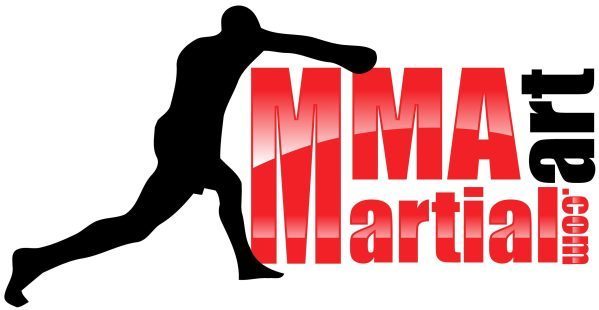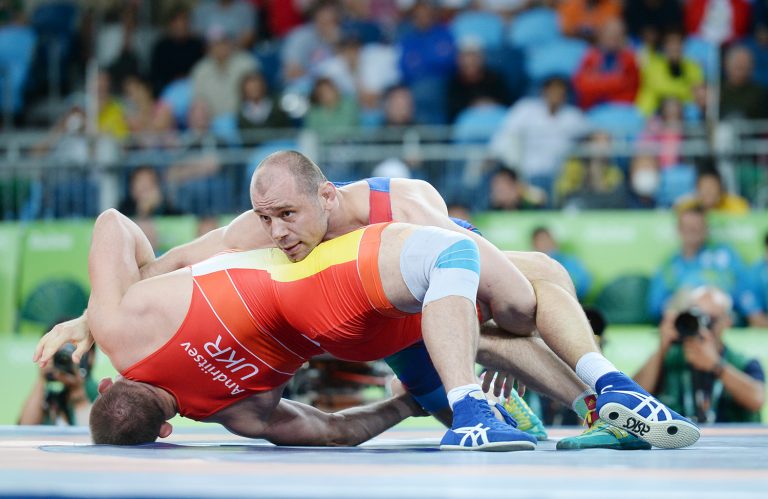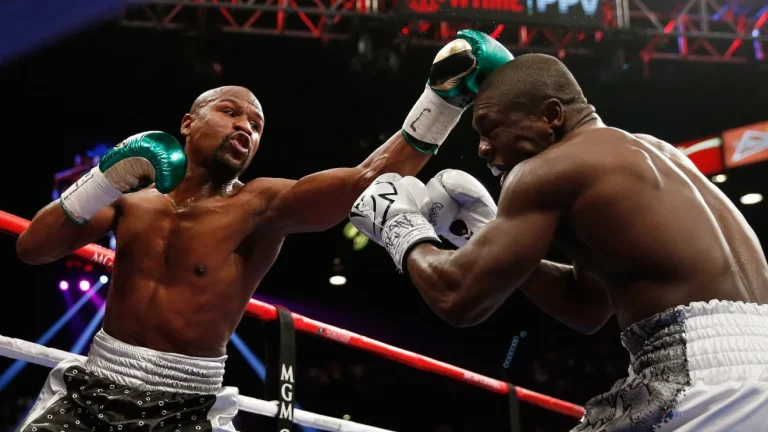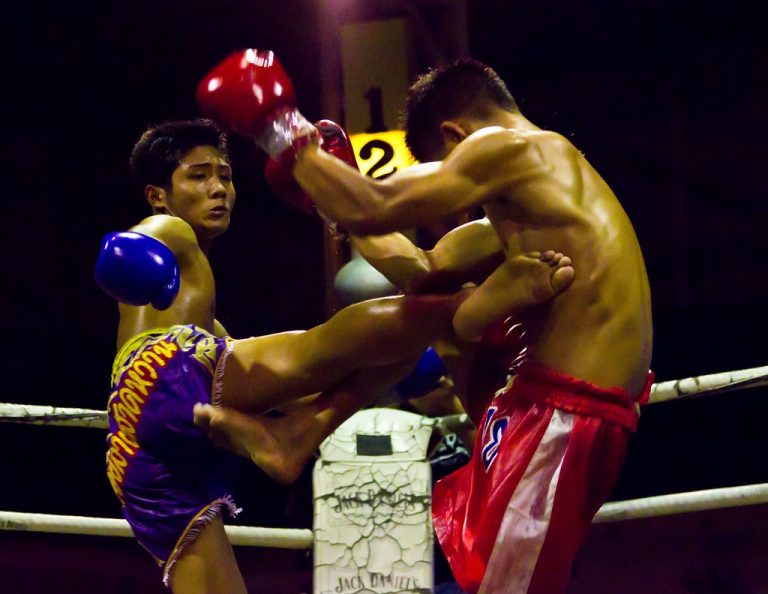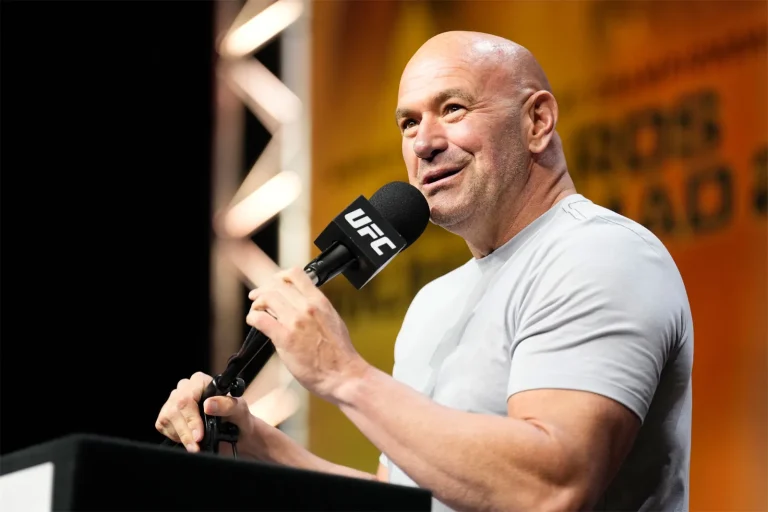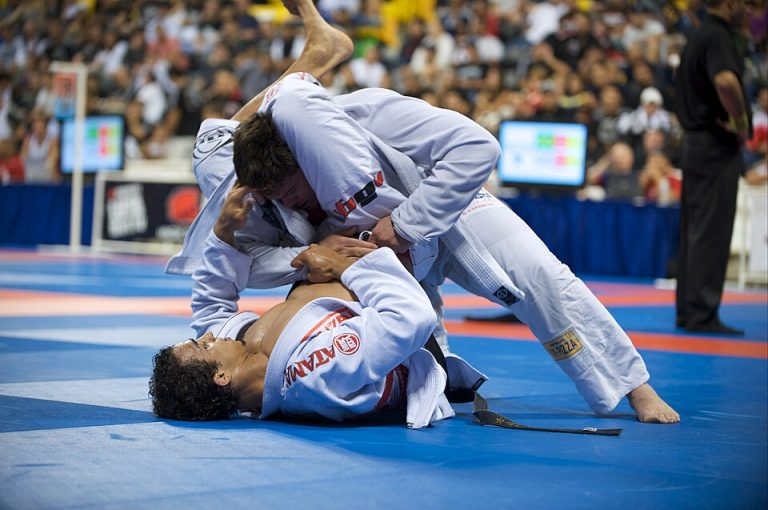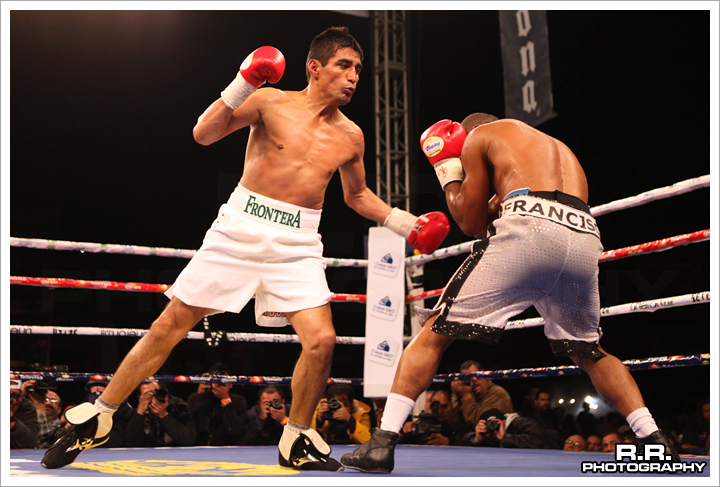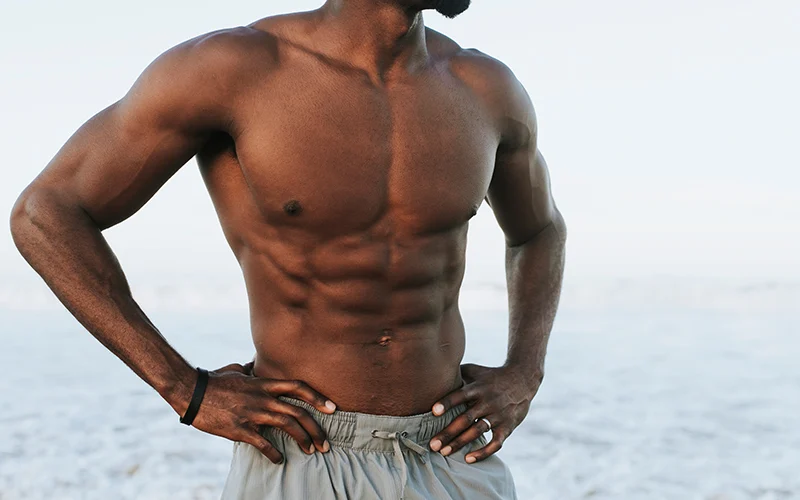
You’ve seen it in every Bruce Lee movie—the explosive kicks, the lightning-fast punches, the gravity-defying throws. But what’s the invisible force powering these moves? Hint: It’s not just raw talent or flashy techniques. It’s their core.
Forget six-pack abs; martial artists need a “fighter’s core”—a powerhouse of muscles that power every athletic movement you make.
This article will discuss why your core is the MVP of your martial arts journey and how to build a bulletproof one.
Meet Your Core: The Muscles That Make You a Martial Arts Machine
Your core isn’t just your abs. It’s a team of muscles working together like a well-oiled fight squad. Here’s the lineup:
- Transverse abdominis: The body’s natural weight belt. It stabilizes your spine during a roundhouse kick or grappling scramble.
- Rectus abdominis (the “six-pack”): Helps you crunch forward for punches or snap kicks.
- Obliques (internal & external): The twist masters. Essential for hooks, throws, and dodging attacks.
- Erector spinae: Keeps you upright during sparring—no slouching!
- Pelvic floor & diaphragm: The “floor and ceiling” of your core. These muscles control intra-abdominal pressure, which is critical for generating power.
- Multifidus: Tiny spinal muscles that keep you stable during takedowns.
Think of your core as the central hub connecting your upper and lower body. If it’s weak, your techniques will fizzle out faster than a soda left open overnight.
Why Your Martial Arts Game Lives and Dies by Your Core
1. Power Generation: From Floor to Fist
Every strike starts from the ground. Your legs generate force, but your core transfers it to your fists, elbows, or knees. A study by the Journal of Strength and Conditioning Research found that fighters with stronger cores delivered 20% more powerful strikes.
2. Balance: Stay on Your Feet (Even When Someone’s Trying to Drop You)
Whether you’re throwing a spinning heel kick or defending against a double-leg takedown, balance is everything. Your core acts like a gyroscope, keeping you steady mid-movement.
3. Injury Prevention: Protect Your Spine, Protect Your Career
A weak core is a one-way ticket to Snap City. When your core muscles can’t handle the stress of training, your spine takes the hit. Research from the National Institutes of Health shows that core strength reduces lower back injuries by up to 40% in combat athletes.
4. Ground Control: Dominate the Mats
In BJJ or wrestling, hip bridges, shrimp escapes, and guard passes rely on core strength.
5 Core Training Mistakes That Sabotage Martial Artists
- Skipping rotational exercises: Throwing a punch is a full-body rotation. If you only do crunches, you’re ignoring half your core.
- Neglecting isometric holds: Planks > sit-ups for real-world stability.
- Forgetting to breathe: Your diaphragm is part of your core! Breathe deeply to engage it.
- Overtraining: Your core muscles need rest, too. Stick to 3-4 sessions weekly.
- Ignoring the pelvic floor: Kegels aren’t just for postpartum recovery. They’re key for power generation.
The Ultimate Core Exercises for Martial Artists
1. Planks: The Swiss Army Knife of Core Work
- Why it works: Engages every core muscle while mimicking the stability needed for sparring.
Tip: Add shoulder taps or side planks to challenge balance.
Martial arts application: Hold a plank while a partner gently nudges your hips—simulates resisting takedowns.
2. Russian Twists with a Medicine Ball
- Why it works: It builds rotational strength for hooks, throws, and submissions.
Tip: Elevate your feet for extra burn.
Martial arts application: Imagine twisting to evade a punch while holding the ball.
3. Deadlifts: The Full-Body Power Move
- Why it works: Strengthens the posterior chain (lower back, glutes) and deep core muscles.
Pro tip: Start with kettlebell deadlifts if you’re new.
Martial arts application: Mimics lifting an opponent for a hip throw.
4. Hanging Leg Raises
- Why it works: Targets the lower abs and hip flexors—critical for high kicks.
Pro tip: Slow down the movement to avoid swinging.
Martial arts application: Improves guard retention in BJJ by strengthening hip elevation.
5. Bird Dogs
- Why it works: Enhances anti-rotational stability (aka staying upright when chaos strikes).
Pro tip: Add a resistance band around your hands and feet.
Martial arts application: Teaches your core to stabilize during asymmetrical movements, like blocking while striking.
Breathing: The Secret Sauce for Core Engagement
Ever wonder why fighters scream when they strike? It’s not just for intimidation. Exhaling forcefully (like a “sss” sound) engages the transverse abdominis, creating a rigid core. Try this drill:
- Lie on your back, knees bent.
- Place a lightweight (like a 5lb plate) on your belly.
- Inhale deeply into your diaphragm, lifting the weight.
- Exhale sharply, pulling your belly button toward your spine.
This trains your core to brace under pressure—like taking a body shot.
Sample 4-Week Core Program for Fighters
Goal: Build endurance and power for MMA, BJJ, or striking.
| Day | Exercises | Sets/Reps |
| Mon | Plank (1 min), Deadlifts, Bird Dogs | 3x :30 plank, 3×8 deadlifts, 3×10/side Bird Dogs |
| Wed | Hanging Leg Raises, Russian Twists, Side Plank | 3×10 leg raises, 3×20 twists, 3x :45/side plank |
| Fri | Back Bridges, Medicine Ball Slams | 3×15 bridges, 3×12 slams |
Rest 60 seconds between sets. Add 10% weight weekly.
Fuel Your Core: Nutrition Tips
Your core muscles need protein to recover. Aim for 1.2–1.6g of protein per pound of body weight daily. Pair with anti-inflammatory foods like turmeric or salmon to reduce soreness. And hydrate!
FAQ: Burning Questions About Core Training
Q: How often should I train my core?
A: 3-4x weekly. Mix endurance (planks) and strength (deadlifts).
Q: Can I build a strong core without weights?
A: Absolutely! Bodyweight exercises like planks and leg raises work wonders.
Q: Will core training improve my kicks?
A: Yes! A strong core lets you “whip” your leg faster.
Strengthen Your Core, Elevate Your Fight Game
Your core isn’t just another muscle group—it’s the command center for every punch, kick, and grappling technique you perform. Train it like your life depends on it because, in the cage or dojo, it kinda does.
Read more:
15 Anaerobic Exercises to Torch Calories and Build Muscle
Is Sport BJJ Effective for Self-Defense? Breaking Down Myths & Realities
20 Essential Sport BJJ Terms for Beginners
The Shoulder-Shredding Omoplata: Your Step-by-Step Guide to BJJ Supremacy
Traditional Martial Arts in Modern MMA: Timeless Techniques for Today’s Fighters
